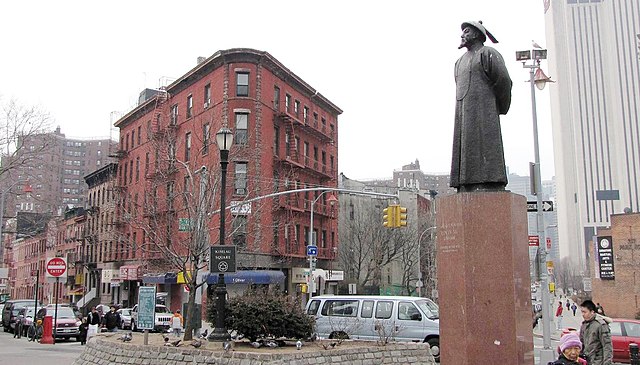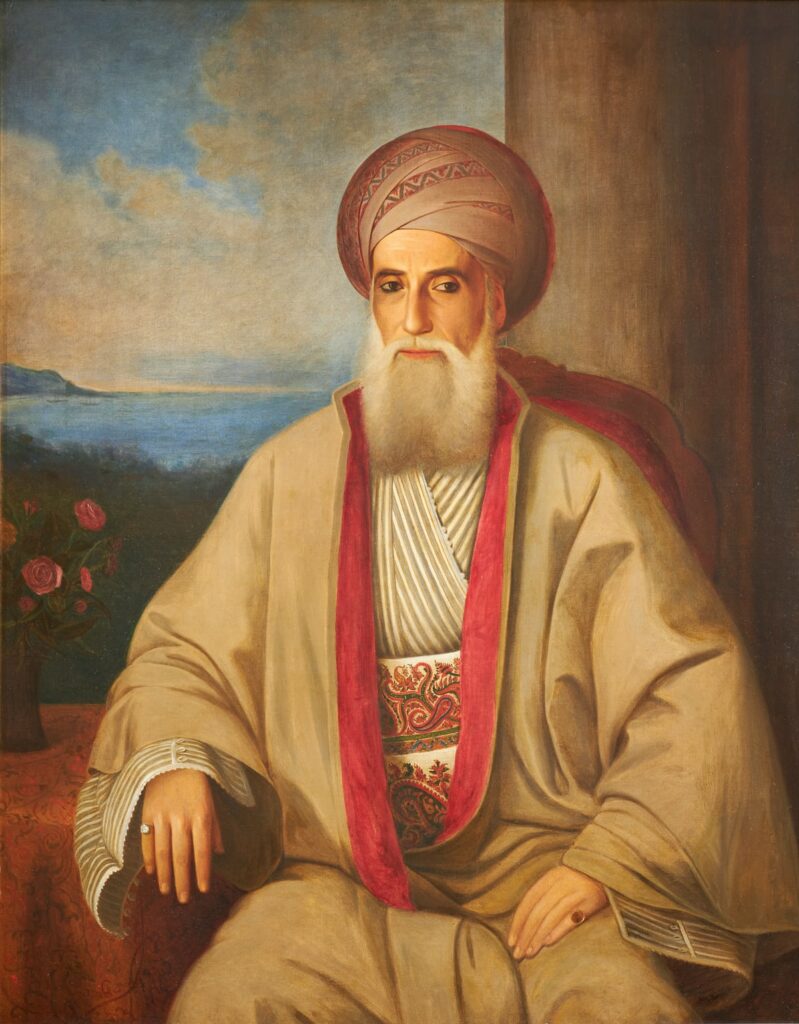The Jewish Museum profiled the 19th-century version of the Sacklers — and glossed over the devastation they caused
Originally published in The Forward.
About six miles south of The Jewish Museum in New York, where an exhibit on the Jewish British merchant family, the Sassoons, is on view until Aug. 13, lies Chinatown’s Chatham Square. In the center of the square is a bronze statue of Qing Dynasty official Lin Zexu. The words “Pioneer in the War Against Drugs” are carved into the red granite pedestal upon which he proudly stands, in recognition of his efforts to rid China of opium in the mid-1800s.
By the time Lin became a government official in the 1830s, an estimated 10% of the Chinese population was addicted to opium (compare that to 3.8% of the U.S. population that abuse opioids today, which we consider an epidemic).
The Sassoon family dominated the opium trade in China, and the exhibit honoring them displays numerous treasures and artifacts they were able to collect, thanks to their opium-fueled wealth. In an age where the Sackler family’s name is being removed from museum buildings because of its ties to the U.S. opioid epidemic, it is no longer appropriate to celebrate artifacts like the ones the Sassoons were able to collect because they profited from China’s addiction without the full context.
To continue reading this article, please click here.
 On Facebook
On Facebook By Email
By Email 

